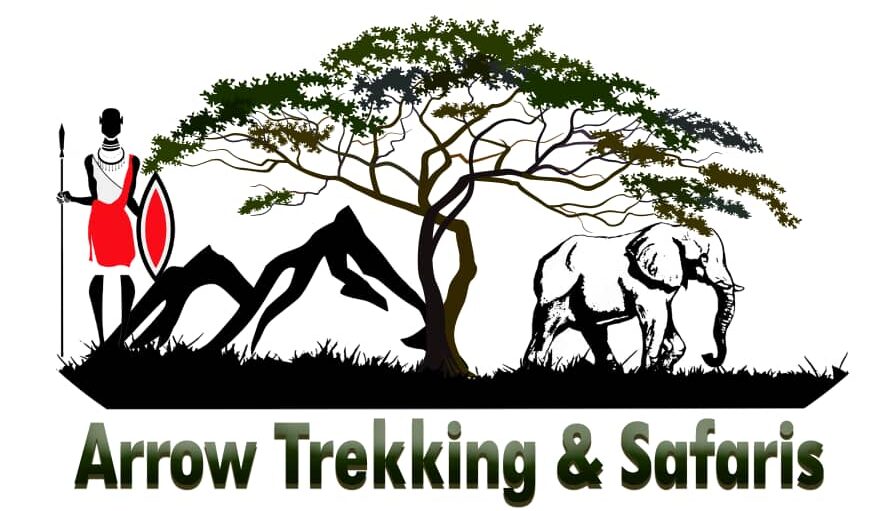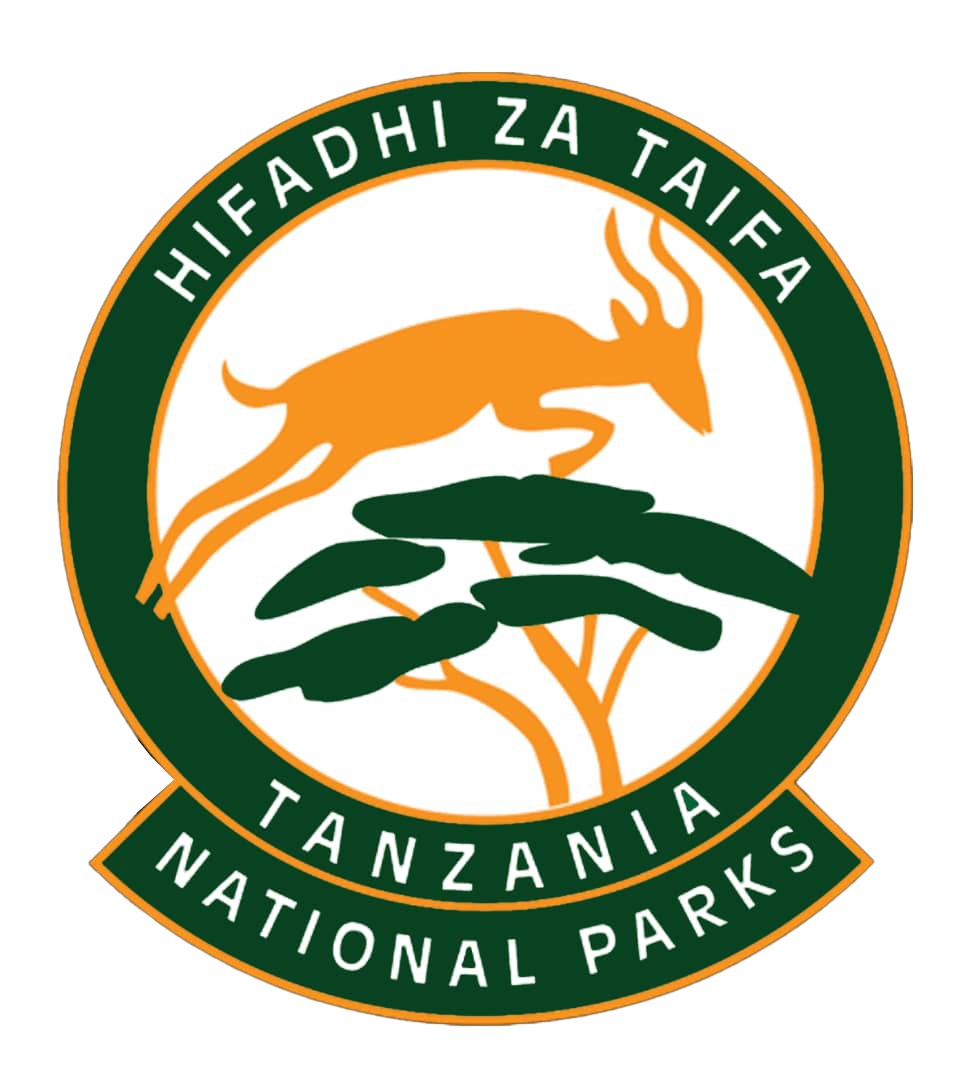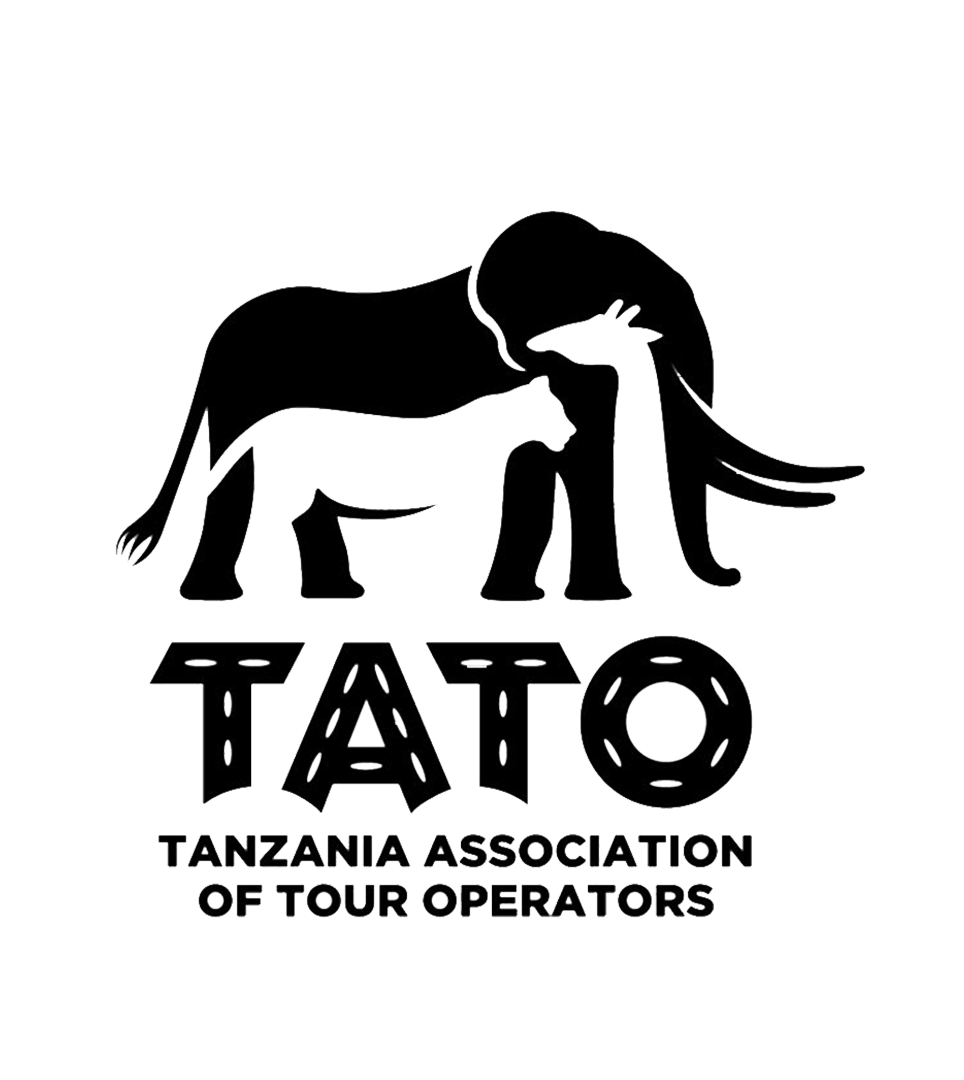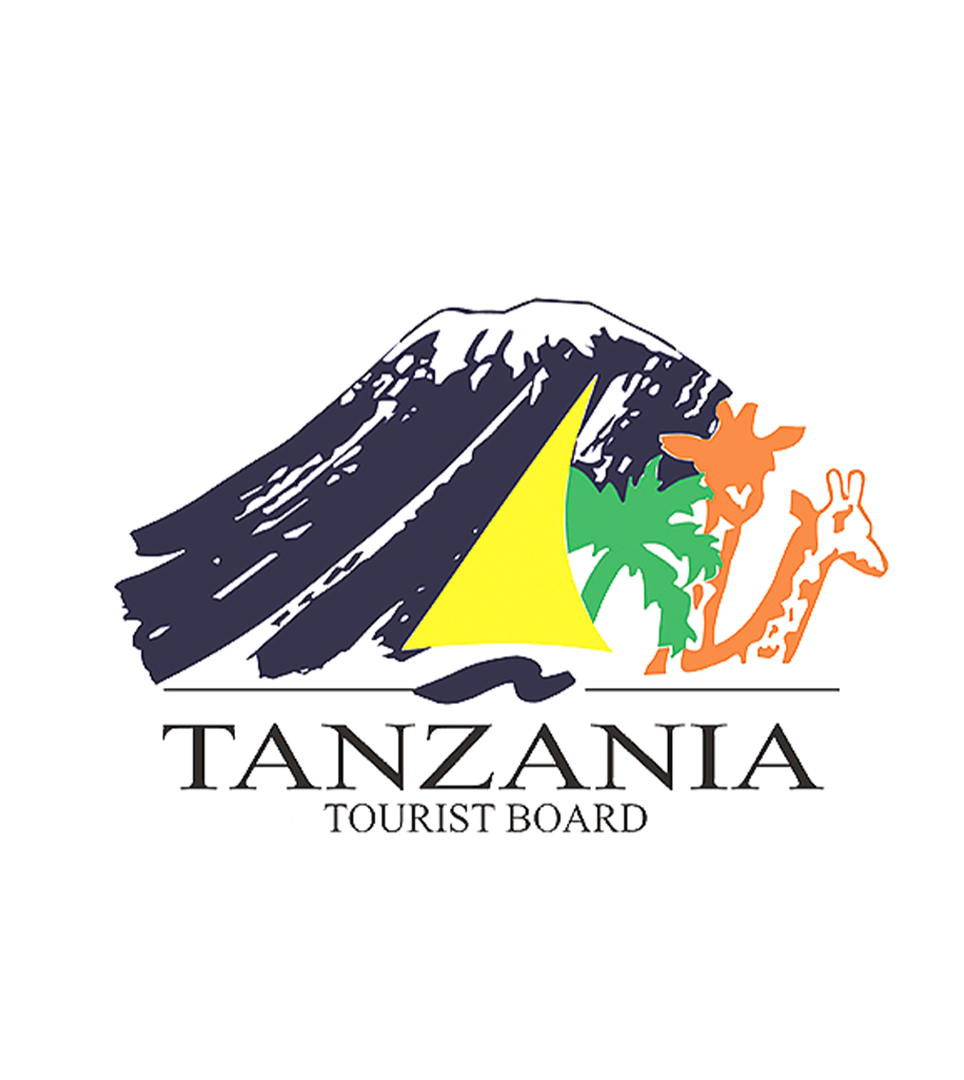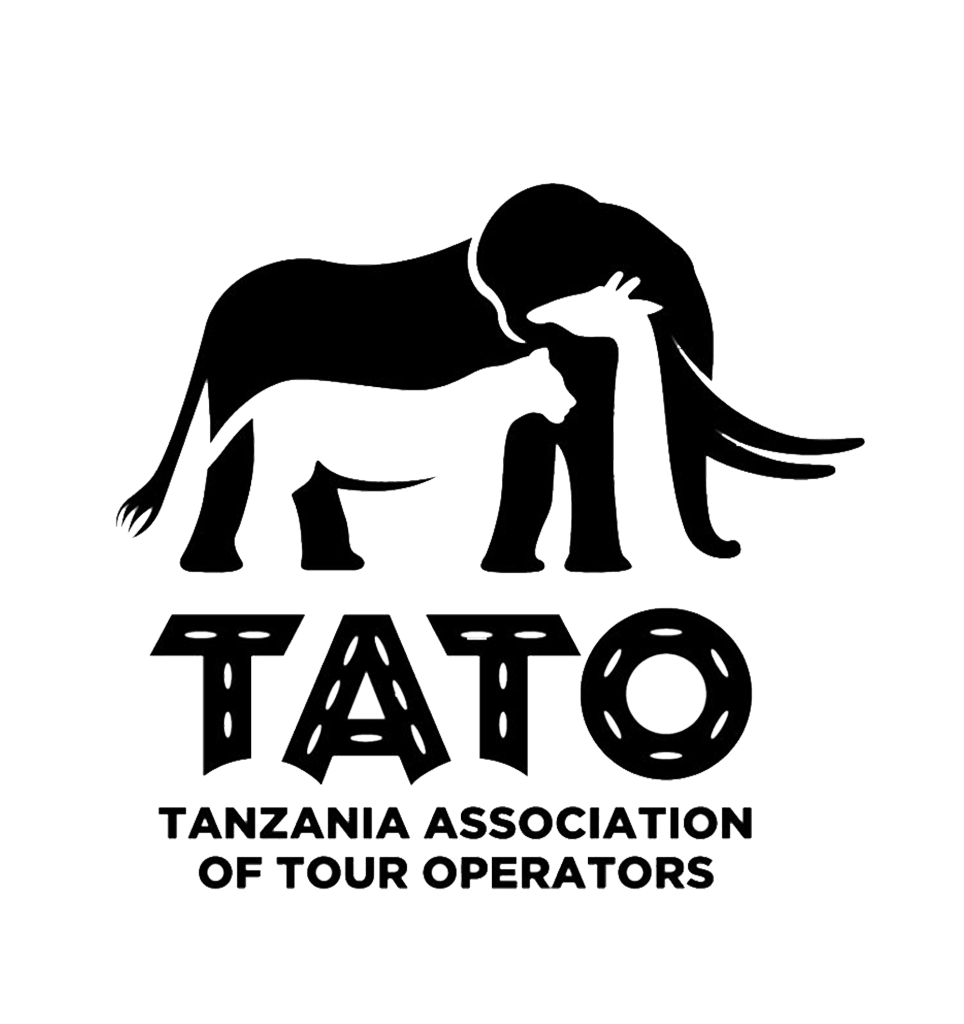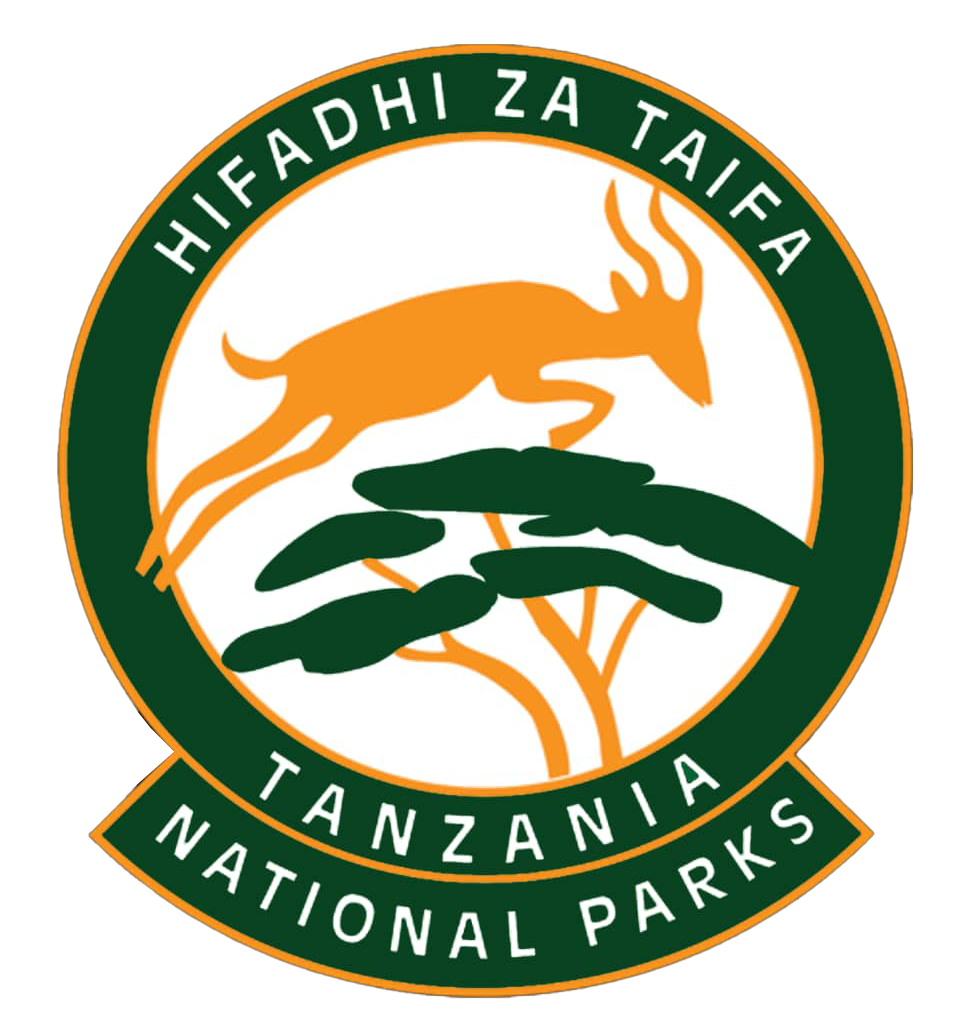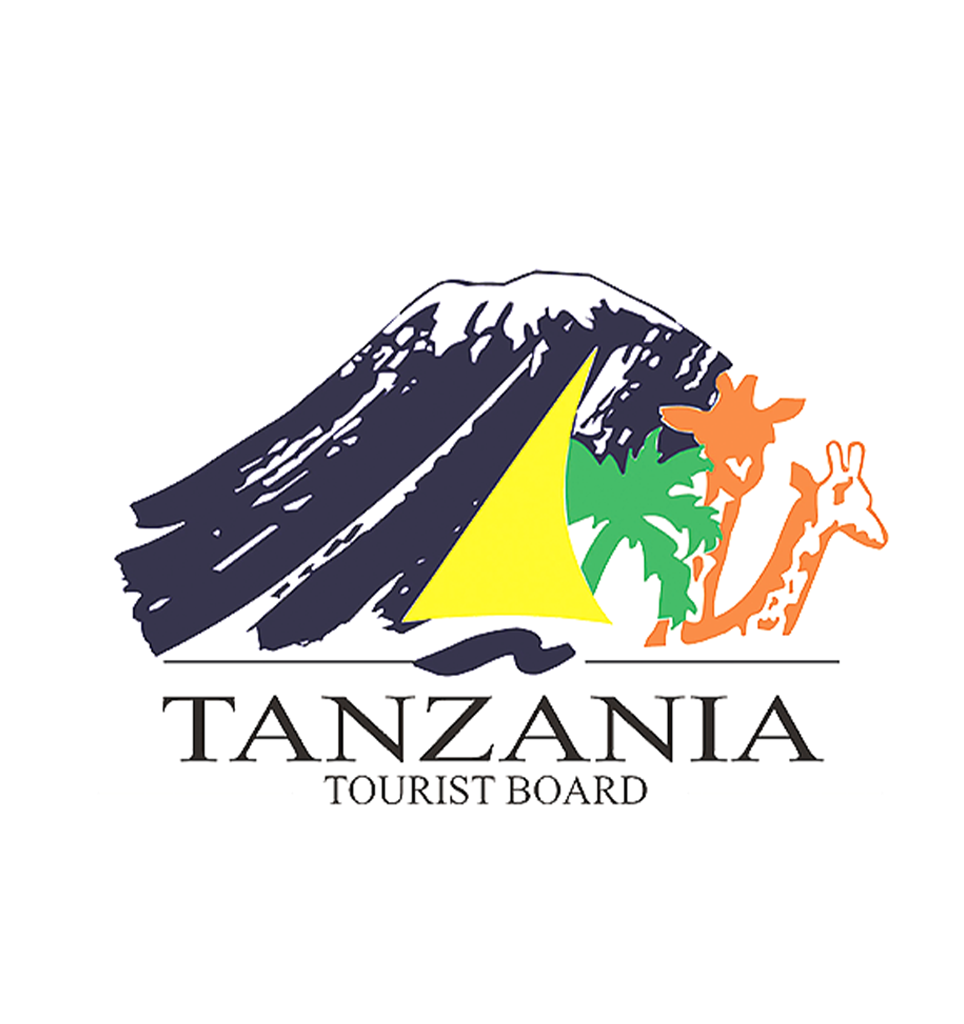Arrow Trekking and Safaris – Discover Africa’s top safari destinations with expertly crafted itineraries.
Maasai Mara Overview
Maasai Mara National Reserve is Kenya’s most famous safari destination, known for its breathtaking landscapes, abundant wildlife, and rich Maasai culture. Located in southwestern Kenya, it spans 1,510 square kilometers (583 square miles) and is part of the larger Serengeti-Mara ecosystem. The reserve is world-renowned for the Great Migration, where over 1.5 million wildebeest, zebras, and gazelles cross the Mara River from Tanzania’s Serengeti in search of fresh grazing lands.
The reserve offers some of the best year-round wildlife viewing in Africa, with large populations of the Big Five (lion, leopard, elephant, buffalo, and rhino), as well as cheetahs, hyenas, hippos, crocodiles, and over 450 bird species. The rolling savannas, dotted with acacia trees and riverine forests, create the perfect setting for unforgettable game drives, hot air balloon safaris, and cultural interactions with the indigenous Maasai people. Whether visiting during the migration or in the quieter months, Masai Mara remains one of Africa’s premier safari destinations.
Geography & Ecosystems of Masai Mara
Masai Mara National Reserve is a vast wilderness in southwestern Kenya, forming part of the Serengeti-Mara ecosystem. Its landscape is dominated by open grasslands and rolling savannahs, which provide ideal grazing for large herds of wildebeest, zebras, and antelopes, as well as hunting grounds for predators like lions and cheetahs. The Mara and Talek Rivers flow through the reserve, creating riverine forests that support leopards, hippos, and crocodiles. Scattered acacia woodlands and seasonal marshes offer refuge for elephants, giraffes, and a variety of bird species. This diverse ecosystem makes Masai Mara one of Africa’s richest wildlife habitats, offering exceptional game viewing year-round.
Best Time to Visit Masai Mara
June – October (Dry Season & Great Migration)
This is the best safari time, with dry weather, clear skies, and excellent wildlife viewing. The Great Migration (July – September) is the highlight, as millions of wildebeest, zebras, and gazelles cross the Mara River, attracting predators like lions and crocodiles. With little rain, roads are accessible, and animals gather around water sources, making them easier to spot.
November – February (Short Rains & Calving Season)
This period brings light rains, turning the landscape lush and vibrant while still allowing for great wildlife viewing. January – February is the calving season, when wildebeest, zebras, and antelopes give birth, leading to dramatic predator action. Birdwatching is also excellent, as migratory species arrive in the reserve.
March – May (Long Rains & Low Tourism Season)
This is the wettest time of the year, with heavy rains that make roads muddy and game drives challenging. However, the reserve is at its most beautiful and green, with fewer tourists and lower accommodation rates. Wildlife is still present, but sightings may be less predictable due to thick vegetation and scattered water sources
Activities in Maasai Mara National Reserve
Game Drives – Ultimate Wildlife Viewing
Game drives are the most popular and rewarding activity in Masai Mara, allowing visitors to experience the park’s incredible wildlife up close. The Big Five (lion, leopard, elephant, buffalo, and rhino) are commonly spotted, along with cheetahs, giraffes, zebras, and hundreds of other species. Morning and evening drives are ideal for seeing predators in action, while full-day safaris allow deeper exploration of remote areas. With knowledgeable guides, visitors can learn about animal behaviors, track footprints, and experience the raw beauty of the African savannah.
Great Migration Viewing – Witness Nature’s Greatest Spectacle
Between July and September, Masai Mara hosts the world-famous Great Migration, where over 1.5 million wildebeest, zebras, and gazelles move across the plains in search of fresh grass. The most thrilling part is the Mara River crossing, where massive herds face the deadly challenge of crocodile-infested waters. This migration attracts predators like lions, cheetahs, and hyenas, leading to dramatic hunts and survival battles. Witnessing this natural phenomenon is a once-in-a-lifetime experience and one of Africa’s most remarkable wildlife spectacles.
Hot Air Balloon Safaris – Aerial Views of the Mara
For a truly magical safari experience, a hot air balloon ride at sunrise offers a breathtaking panoramic view of the vast plains, winding rivers, and abundant wildlife below. As the balloon soars silently over the savannah, visitors can see herds of elephants, lions on the hunt, and even river crossings from above. The adventure ends with a champagne breakfast in the wilderness, making it a perfect choice for honeymooners, photographers, and those seeking an unforgettable perspective of Masai Mara.
Cultural Visits to Maasai Villages – Discover Local Traditions
A visit to a Maasai village offers a deep dive into the unique culture and traditions of the Maasai people, one of Africa’s most famous indigenous tribes. Guests can experience traditional warrior dances, learn about Maasai customs, hear fascinating folklore, and visit authentic manyattas (huts made from mud and sticks). The tour also includes a chance to purchase handmade beadwork, jewelry, and crafts, supporting the local community. This cultural experience provides a deeper understanding of how the Maasai have coexisted with wildlife for centuries.
Activities in Maasai Mara National Reserve
Game Drives – Ultimate Wildlife Viewing
Game drives are the most popular and rewarding activity in Masai Mara, allowing visitors to experience the park’s incredible wildlife up close. The Big Five (lion, leopard, elephant, buffalo, and rhino) are commonly spotted, along with cheetahs, giraffes, zebras, and hundreds of other species. Morning and evening drives are ideal for seeing predators in action, while full-day safaris allow deeper exploration of remote areas. With knowledgeable guides, visitors can learn about animal behaviors, track footprints, and experience the raw beauty of the African savannah.
Great Migration Viewing – Witness Nature’s Greatest Spectacle
Between July and September, Masai Mara hosts the world-famous Great Migration, where over 1.5 million wildebeest, zebras, and gazelles move across the plains in search of fresh grass. The most thrilling part is the Mara River crossing, where massive herds face the deadly challenge of crocodile-infested waters. This migration attracts predators like lions, cheetahs, and hyenas, leading to dramatic hunts and survival battles. Witnessing this natural phenomenon is a once-in-a-lifetime experience and one of Africa’s most remarkable wildlife spectacles.
Hot Air Balloon Safaris – Aerial Views of the Mara
For a truly magical safari experience, a hot air balloon ride at sunrise offers a breathtaking panoramic view of the vast plains, winding rivers, and abundant wildlife below. As the balloon soars silently over the savannah, visitors can see herds of elephants, lions on the hunt, and even river crossings from above. The adventure ends with a champagne breakfast in the wilderness, making it a perfect choice for honeymooners, photographers, and those seeking an unforgettable perspective of Masai Mara.
Cultural Visits to Maasai Villages – Discover Local Traditions
A visit to a Maasai village offers a deep dive into the unique culture and traditions of the Maasai people, one of Africa’s most famous indigenous tribes. Guests can experience traditional warrior dances, learn about Maasai customs, hear fascinating folklore, and visit authentic manyattas (huts made from mud and sticks). The tour also includes a chance to purchase handmade beadwork, jewelry, and crafts, supporting the local community. This cultural experience provides a deeper understanding of how the Maasai have coexisted with wildlife for centuries.
